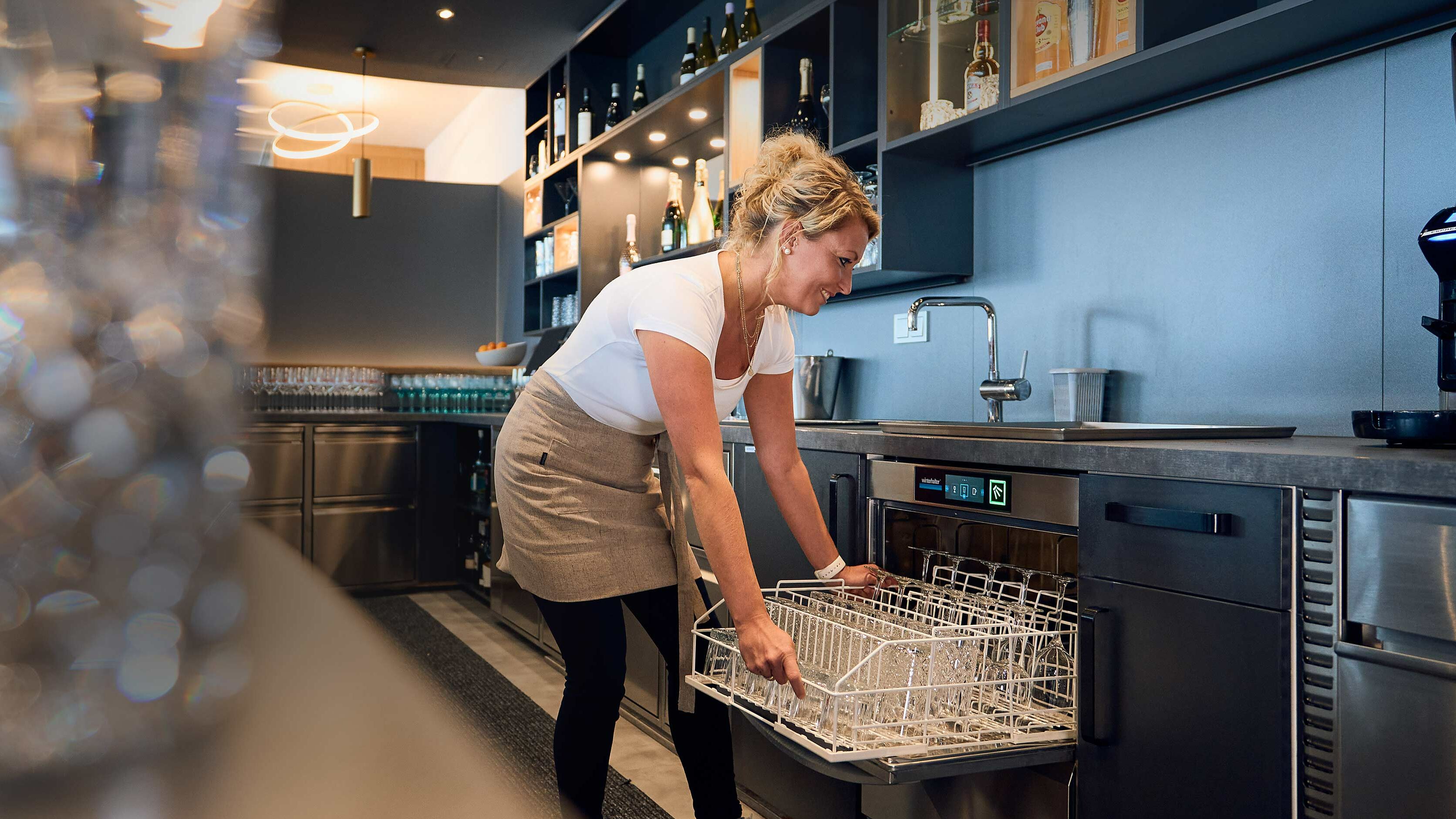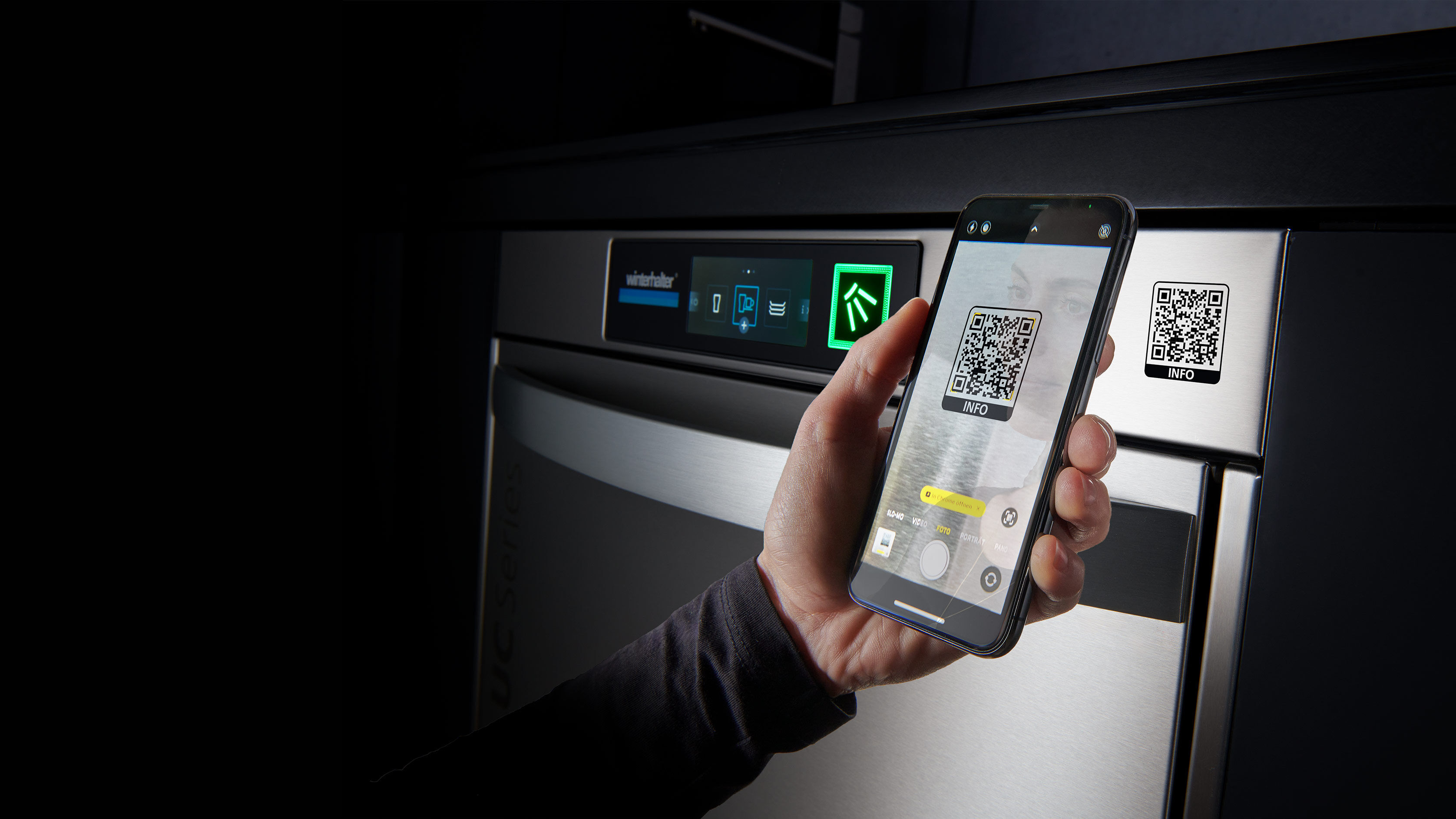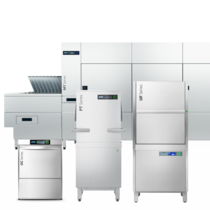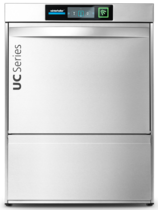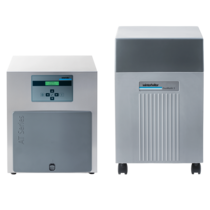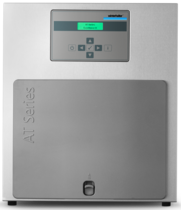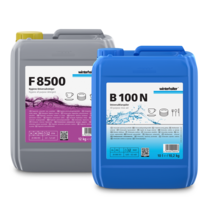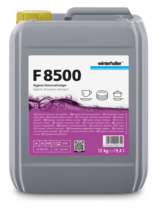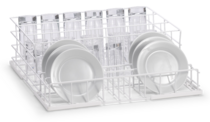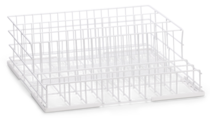A CLEAN WASH. SYSTEMATICALLY.
High quality standards. That’s what connects us to our customers. We want to deliver more than a warewasher. Our customers come to us because they are looking for a professional solution: tailor-made for their requirements. Reliable and economical. No single product can deliver this. Only a complete system combining a warewasher, water treatment, washing chemicals and accessories can achieve this. Combined with good advice, clear planning and first-class service. Do you share that view?
Welcome to Winterhalter!
HORECAVA
Amsterdam
HORECAVA
Amsterdam
12.01. - 15.01.2026
We don’t just sell our customers any warewasher with a host of technical features. We always provide a system for ultra-clean dishes and sparkling glasses.
INDUSTRIES

The catering industry. Bakeries and butcher’s shops. Mass catering and trade. Every industry has its own requirements when it comes to washing. But they all have one thing in common: they want first-class cleaning and maximum hygiene. Winterhalter meets this requirement: with a warewashing system that is designed precisely for the specific industry.
ARE YOU LOOKING FOR SOMETHING SPECIFIC?
Winterhalter has information about all aspects of commercial warewashing. Enter your search term and find the answer.

